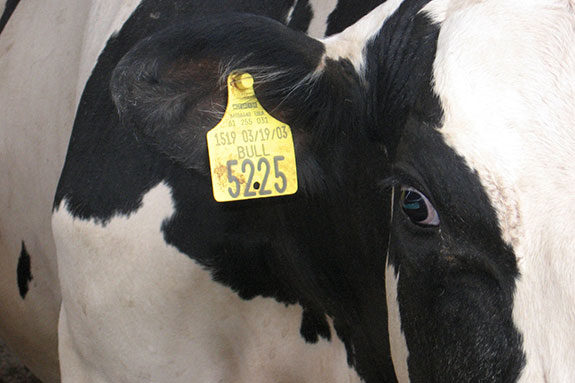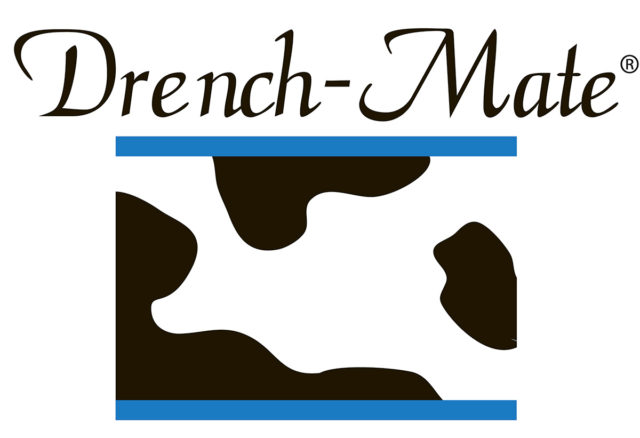Fertility in dairy cattle is normally considered a result of multiple environmental factors, but more recently, scientists have determined there may be a greater genetic connection than once thought, according to a Texas A&M AgriLife Research scientist. In order to search for genetic markers for fertility, Dr. Pablo Pinedo, an AgriLife Research ruminant animal health scientist, has led a collaborative effort to develop a study that involves seven universities and 12 scientists.
The project brings together experts in dairy cattle reproduction, genetic selection, bioinformatics, dairy extension and education from institutions across the country, Pinedo says.
“Genomic Selection for Improved Fertility of Dairy Cows with Emphasis on Cyclicity and Pregnancy” has been awarded $2.98 million for 60 months from the USDA within the National Institute of Food and Agriculture 2012 Agriculture and Food Research Initiative’s Food Security program.
“Fertility is a critical component of efficient dairy production,” Pinedo says.
“Failure to attain and maintain a timely pregnancy is a major reason for production loss in dairy herds. Consequences of low fertility include a reduced percentage of cows at the early stages of lactation, increments in insemination costs, premature culling and delayed genetic progress.
“The decline in fertility of dairy cows has been a concern for the dairy industry and has motivated profuse research in the last decades,” he says. “Multiple variables have been identified as contributing factors to this condition.”
Development and implementation of genetic selection of dairy cattle has been the major method to improve productivity per animal; however, the selection emphasis has been focused on production traits and only more recently on reproduction and health traits, Pinedo says.
“Traditionally, fertility has not been related to genetics, but rather to environmental factors such as nutrition and management,” he says. “But recently, the role genetics play has come under more scrutiny. We have to separate the environmental components so the genetic effect can be isolated.”
“Current molecular technologies provide the opportunity for exploring genetic variation related to fertility,” Pinedo says. “Identification of genomic markers associated with fertility will contribute to the improvement of existing genomic selection programs leading to enhanced productivity.”
The study will involve collection of DNA from cows at dairies in five states, together with establishing phenotypes for multiple fertility traits, he says.
Researchers will be looking at variables such as time from calving to conception, embryo mortality and uterine health to determine if some areas in the genome are different in the “high” and “low” fertility cow populations.
In addition to AgriLife Research, the Texas A&M University College of Veterinary Medicine and Biomedical Sciences, University of Florida, University of Wisconsin – Madison, Cornell University, University of Minnesota, University of Illinois and Ohio State University will be involved.
The group of researchers will integrate a project that combines research, education and Extension, and involve an advisory panel with dairy farmers, USDA investigators and dairy consultants, Pinedo says.
Educational course modules will be developed at the participating universities, as well as web-based presentations.
Key concepts on traditional and genomic selection practices for the dairy industry and findings from this study will also be disseminated through two institutes: The Dairy Summer Institute at Cornell University College of Veterinary Medicine and the Southern Great Plains Dairy Consortium Summer Teaching Institute presented at Clovis, New Mexico. PD
—From an AgriLife Today article written by Kay Ledbetter
PHOTO
TOP RIGHT: Precise identification of each individual enrolled in the fertility study is a key factor, according to Dr. Pablo Pinedo, Texas A&M AgriLife Research ruminant animal health scientist. Texas A&M AgriLife Research photo by Dr. Pablo Pinedo.










